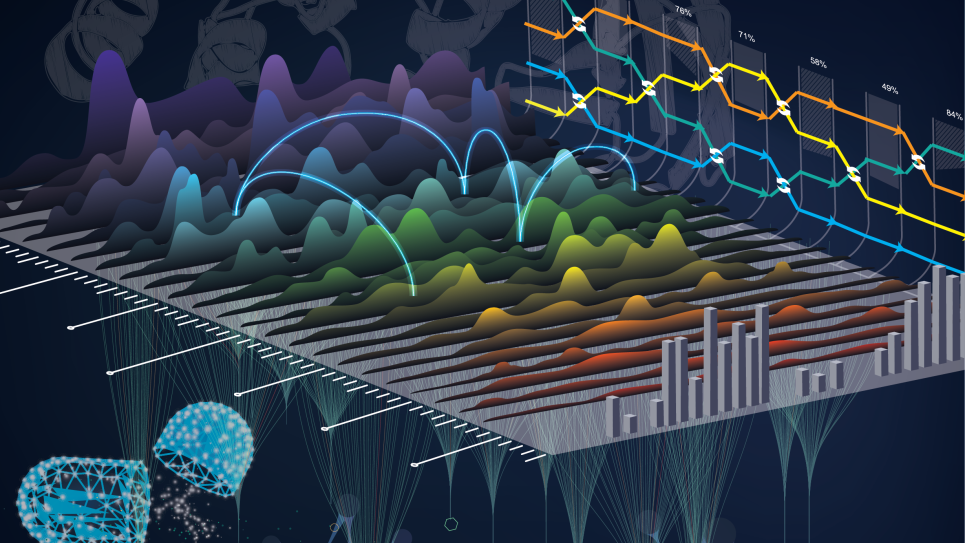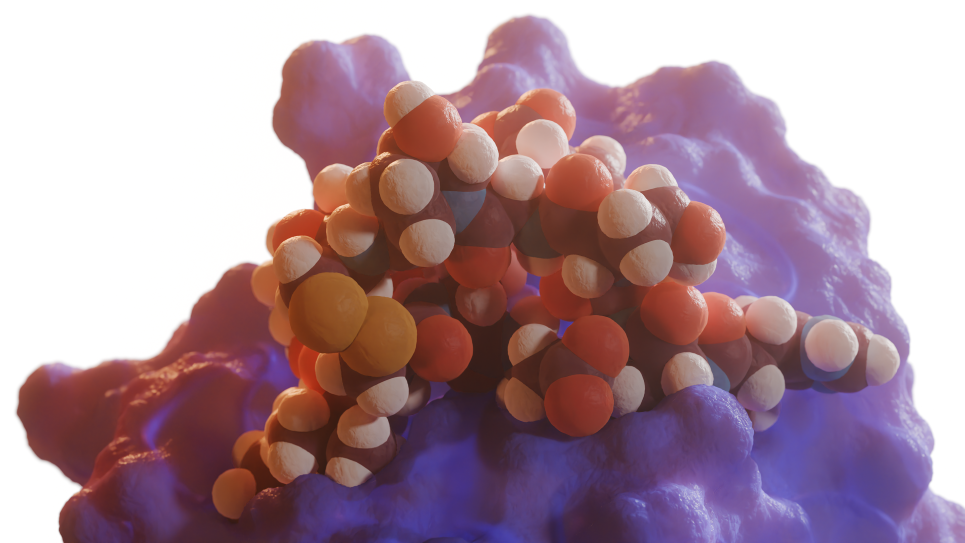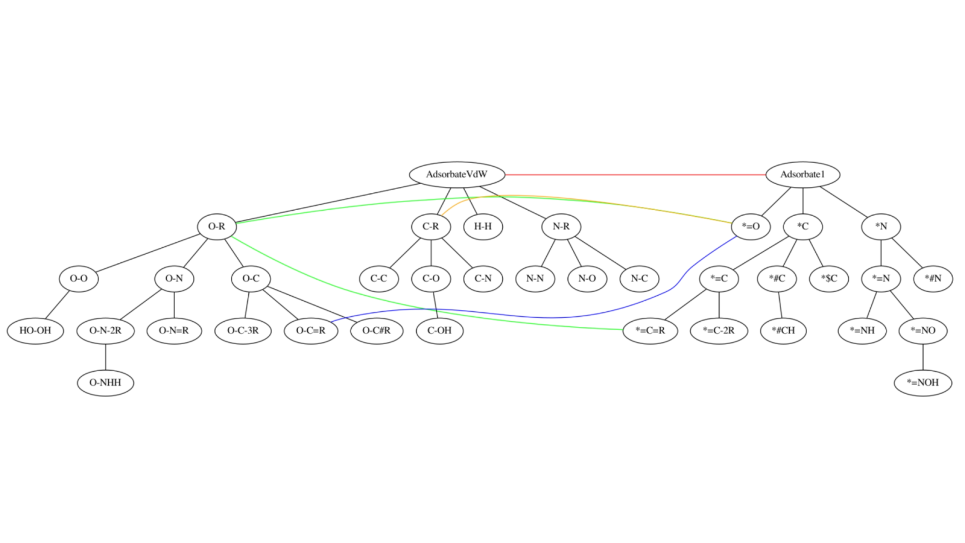With this project, researchers will perform large-scale molecular-dynamics (MD) simulations to advance our understanding of chemical separations. Their simulations will provide critical input to ongoing machine learning studies and provide insights to understand experimental results through modeling.
As part of a large-scale project to study chemical separation, researchers hypothesize that hierarchical structuring provides as-yet unrecognized entropic drivers impacting the process efficacy. Liquid-liquid extraction (LLE), a free-energy driven process in commercial use today for purification and isolation of a variety of base metals, precious metals, and rare earths. LLE provides an excellent model system for probing underlying forces governing the energy partitioning associated with hierarchical structuring. With this project, the researchers will perform large-scale molecular-dynamics (MD) simulations—the results of which constitute a critical component underpinning the success of our project objectives.
Progress to unravel this problem has been hampered by several factors, most notably the availability of experimental tools to probe multi-lengthscale solution correlations, limits on the size of systems that can be treated computationally, and the overall difficulty of treating such a multiple-component biphasic system. In order to make inroads into this problem, the researchers have recently begun a DOE BES-funded machine learning project (Quantifying Energy Drivers in Chemical Separations) to quantify multidimensional component correlations and their roles in LLE efficacy. The team is attacking this problem using chemistry-aware neural-network approaches. They are amassing a wide range of chemical data, including analyticalevaluation, characterization tools, synchrotron data, all to quantify molecular interactions in solution. The final component needed in their efforts to quantify LLE will come from the large-scale MD simulations.
MD simulations provide critical input information to the team’s machine-learning (ML) studies. First, they provide metrics for the molecular-to-nanoscale solution correlations that can be compared with experiments. The results from the MD simulations will provide insight to understand their experimental results through modeling. The simulations will also allow the team to quantify changes in structuring with changes in system. The MD simulations will transform the functions obtained as ML outputs into results that can be understood within the context of chemistry knowledge. Relying on the massively parallel computing resource of DOE, they will perform high performance MD simulations with greatly scalable sampling method and high-fidelity force field. It is expected that this approach will result in a new paradigm for the design of novel and robust chemical-separations processes.


